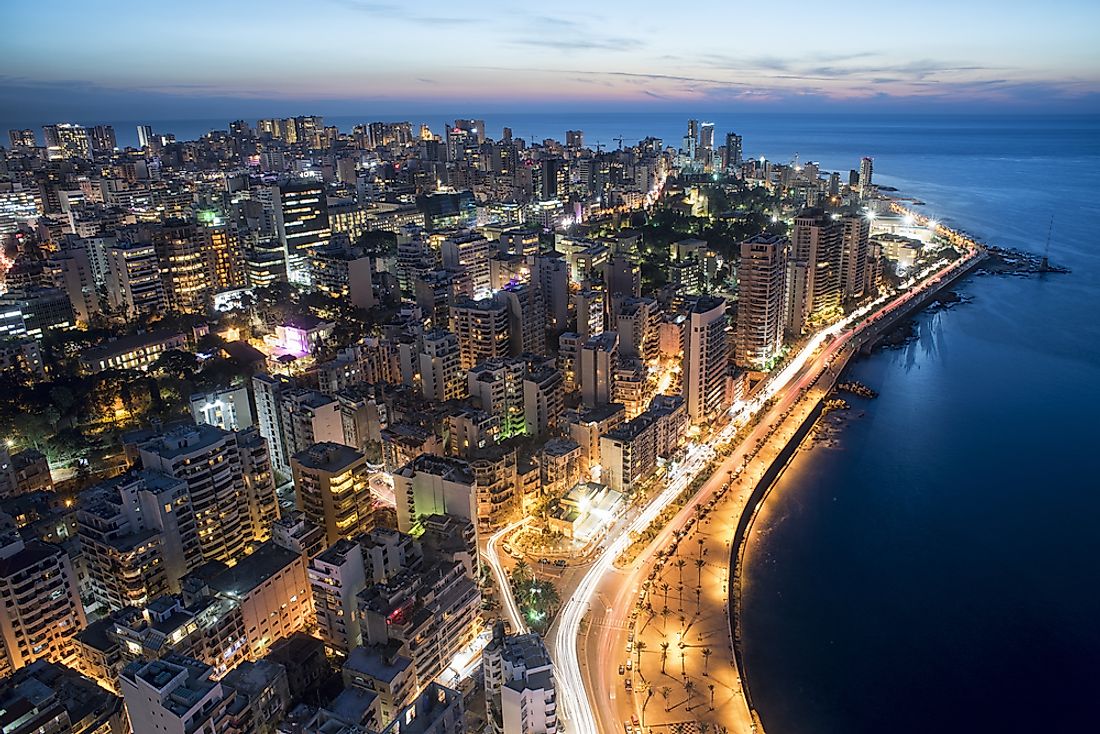What Languages Are Spoken In Lebanon?

Where is Lebanon?
Lebanon is a country located on the eastern shore of the Mediterranean Sea at the crossroads of Europe, Asia, and Africa. It is officially called the Lebanese Republic. This 10,452 square kilometer largely mountainous country is at the center of the world, at the junction between Europe, Asia, and the Middle East. Lebanon borders Syria to the east and Israel to the south and has a population of 6.007 million people according to World Bank 2016 data. Islam accounts for an estimated 56.3 percent of the population, comprising of Shia and Sunni sects, as per 2015 data by Statistics Lebanon is the country’s main religion. Life expectancy in Lebanon is 79.63 years according to 2015 World Bank statistics. Lebanon is a founding member and part of the 22 countries, Arab league.
Languages Spoken in Lebanon
Arabic is one of the world’s six major languages and Quran’s foundational language. Like most Arab league countries, Arabic is Lebanon’s official and national language, although English and French languages are also used. According to the British Council, Arabic is spoken by over 300 million people around the world. In international diplomacy, Arabic is one of six official languages at the United Nations (UN) assemblies.
Arabic Language History
Arabic belongs to Semitic language group which includes Hebrew and Amharic, the main language used in Ethiopia, which date back to the late Iron Age. It’s written from right to left and has 28 letters. Arabic started through oral and poetic traditions that thrived in Arabian Peninsula before Islam and the coded Arabic script emerged. Today Arabic is widely used in art through calligraphy and has extensive vocabulary which is not restricted to poetry and literature. In Arabic a camel has over one hundred words that describe the various states a camel may be in. ‘Al-Jafool’ means a frightened camel and ‘Al harib’ means a female camel that walks a distance ahead of others.
Arabic Forms
Fusha and Aamiya are two forms of Arabic. Fusha is classical Arabic which was Mecca’s original dialect according to ‘Al Bab.’ An adapted form of Fusha dubbed modern standard Arabic, is used in books, electronic media, newspapers, literature, and other formal settings like conferences. Aamiya is the informal and spoken Arabic used in ordinary conversations. It varies from country to country or region to region and each place’s distinct culture influences its flow or phrasing. Arabic also has exclusive sounds non-exist in other languages, like the sound of breathing on a window pane to create smog.
Understanding the Arabic Language
Like other Semitic language Arabic has intricate method of word formation from a basic origin. Its letter patterns form the base of words for any semantic field. Letters 'k', 't', and 'b' are the base for words like ‘kitaab’ which means book or ‘maktab’ which is library in English. Letters 'k', 't', and 'b' are the base for issues to do with writing, books, and library. These root phrasings in Arabic have also mutated to be the base of Swahili language. The English language has words derived directly or indirectly from Arabic, according to the British Council. These include words with article ‘al’ which in Arabic is ‘the’ like alcohol alchemy, algorithm and algebra. The numbering system used today was introduced to Europe by Arab traders.











